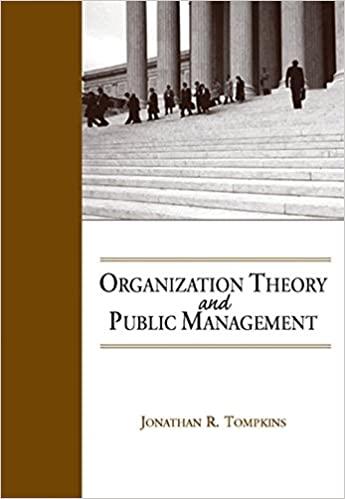Answered step by step
Verified Expert Solution
Question
1 Approved Answer
Please answer all the questions and ASAP!!! Will give a thumbs up. Grand theater case The case should be analyzed as of the time of
Please answer all the questions and ASAP!!! Will give a thumbs up. Grand theater case 





The case should be analyzed as of the time of the case, not today. Approach it as the board has hired you as a consultant to make strategy recommendations to them regarding the future strategic direction the organization will take at the time of the case. WHAT should they do and WHY do you recommend that answer each question can include justification, research, logical argument to support your opinion. Do not retail facts of the case, analyze them!!!
1.) briefly state the organizations current mission. What overall generic business strategy are they following, and what competitive advantage are they seeking? What "value "are they providing their customers? How are they performing at the time of the case (measured how?)?
2.) Using SWOT analysis, do a CONDENSED analysis of the companies environment. Concentrate on the one or two, most critical, internal and external SWOT factors, the organization is facing at the end of the case, rather than the lengthy list of all SWOT elements. What implications for the strategy flow from your SWOT analysis?
3.) generate at least two strategy options, and explain why the two options you generated are both feasible, and "fit "the organization, and the advantages/disadvantages and trade offs of both options. Note: "hire Phillips" and "Do not hire Phillips" are not strategic themselves, but might be important factors of their overall strategy going forward. i. e. You'll need to develop your strategy options beyond simply saying to hire him or not.
4.) Choose ONE strategy option from question three and explain why you chose that option for the company to follow in the future. What risks will that option involve? How does your option produce a sustainable competitive advantage?
THANK YOU SO MUCH IN ADVANCE






Step by Step Solution
There are 3 Steps involved in it
Step: 1

Get Instant Access to Expert-Tailored Solutions
See step-by-step solutions with expert insights and AI powered tools for academic success
Step: 2

Step: 3

Ace Your Homework with AI
Get the answers you need in no time with our AI-driven, step-by-step assistance
Get Started


